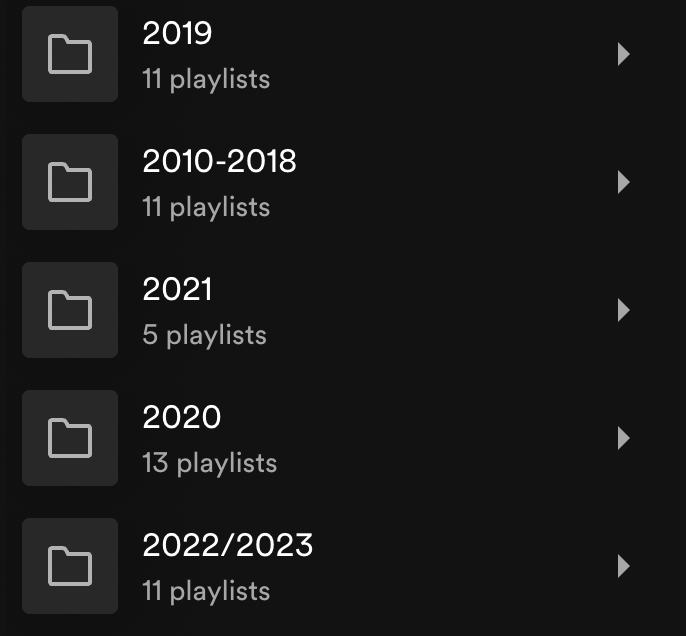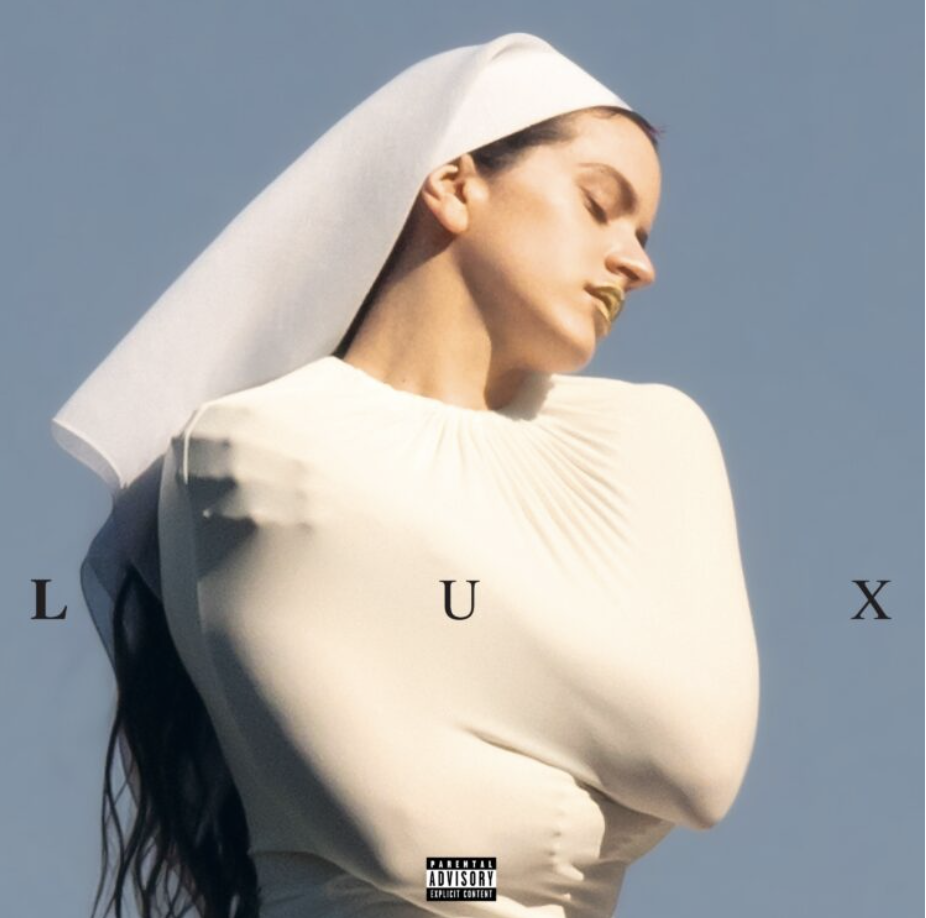In the wake of Spotify’s year-end celebration–Spotify Wrapped–audiophiles may find themselves disappointed with the way their year in listening turned out. Accumulating a substandard amount of minutes listening to or feeling embarrassed towards one’s top artist are just a few of the negative emotions associated with Wrapped.
In 2023, musicians and listeners alike broke records and set new standards for songs and the culture surrounding them. Taylor Swift’s Eras Tour revived the persona of the pop star from its early 2000s grave reading “Here lies the reputation of Britney Spears”.

Importance of Categorization
This revival pushed Swift to become Spotify’s number-one artist worldwide. Bad Bunny, The Weekend, Drake, Peso Pluma, Feid, Travis Scott, SZA, Karol G, and Lana Del Rey filled the remaining spots in Spotify’s top ten artists of 2023.
This list consists of diversity both in genre and in general. Generation Z seems to be behind this heterogeneous group, bringing a genreless/genre hybrid taste to their incessant listening. This lack of consistency in young people’s taste allows their playlists to center around subjects like moods, occasions, or seasons rather than a pre-ordained classification.
Without categorization, curating one’s taste becomes increasingly difficult. Apps like Spotify provide suggestions for new music to discover, but users find their recommendations repetitive, trapping them–once again–into singular categories. Discovering songs on social media apps, like TikTok, or in surrounding popular culture can also serve as inspiration for new playlists. However, these songs lose popularity so quickly that it seems almost a waste of time to save them.
That being so, how can audiophiles improve their listening throughout the year?

Are they truly helping us?
Perhaps making monthly playlists, though a daunting task, provides a solution. Even if it may seem difficult or time-consuming, periodic playlist creation provides opportunities to individualize one’s music taste and provide it with a sense of momentum.
Besides, it might save time considering the hours spent scrolling through Spotify’s niche playlists or endlessly queuing songs. Carving out an hour or two towards the end of the month to develop a two-hour-long playlist provides a multitude of benefits for the average listener.
For example, recurrent playlist refreshes provide an opportunity to dive deeper into a favorite artist’s discography. This consistency also creates a place for music that tends to fall through the cracks; such as friendly suggestions, movie soundtracks, or random Shazams.
Perfect for the task at hand, Spotify recently developed an option to group playlists into folders. This feature allows users to house playlists under one subject; whether that be genre, mood, or a year’s worth of monthly playlists.

The combination of these factors creates a perfect storm for refreshing one’s music taste in the new year. Generating new playlists monthly assists users in curating their taste beyond constricting genres, by customizing and rejuvenating their taste to ultimately develop the perfect end-of-year review.
Do you think making monthly playlists is genius or tedious? Let VALLEY know by tweeting @VALLEYmag on X!





